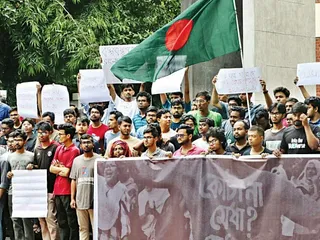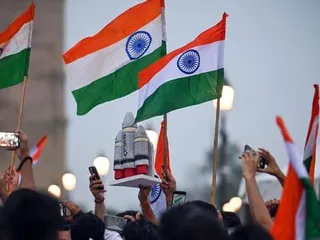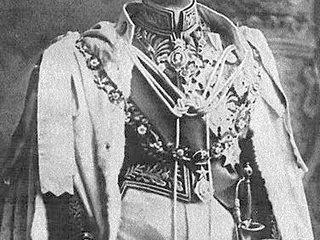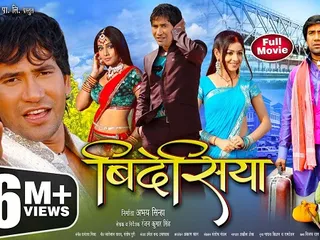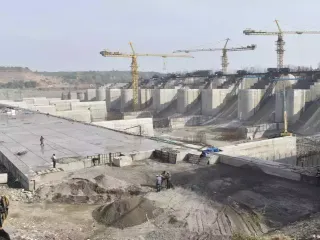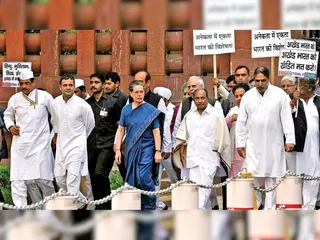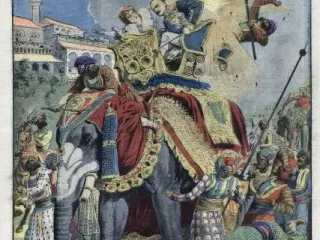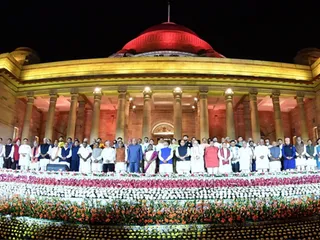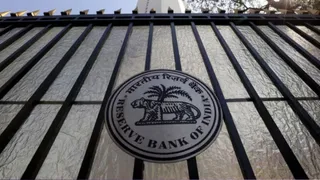The Bardoli Satyagraha, launched in 1928 in the Bardoli taluka of Surat district, Gujarat, stands as a monumental chapter in India's struggle for independence. Led by the charismatic Sardar Vallabhbhai Patel, this non-violent resistance movement against the British Raj demonstrated the power of collective action and civil disobedience, significantly influencing the course of the freedom movement. It cemented Patel's reputation as a masterful organizer and strategist and served as a powerful precursor to the larger Civil Disobedience Movement.
The Genesis of the Satyagraha: The immediate cause of the Bardoli Satyagraha was a significant increase in land revenue imposed by the British government following a good harvest in 1927. The British, disregarding the already burdened peasantry, levied a 30% increase, pushing many farmers to the brink of ruin. This unjust taxation, coupled with the existing grievances of the peasantry regarding oppressive land revenue policies, fueled widespread discontent.
Sardar Patel's Leadership: Sardar Patel, already renowned for his leadership in the Kheda Satyagraha of 1918, took charge of the Bardoli movement. His organizational skills and unwavering commitment to non-violent resistance were instrumental to its success. He meticulously planned the campaign, involving the entire community in the struggle. He ensured meticulous record-keeping, maintaining discipline, and effectively communicating with the farmers. This meticulous approach was crucial in mobilizing the diverse population of the region.
The Strategy of Non-violent Resistance: The Bardoli Satyagraha followed the principles of Satyagraha, emphasizing non-violent resistance and civil disobedience. The villagers, under Patel's guidance, refused to pay the increased land revenue. They followed a strict code of conduct, emphasizing peaceful and non-violent methods even in the face of potential repression by the British authorities.
Success and Impact: The Bardoli Satyagraha proved to be a resounding success. The unwavering resolve of the farmers, coupled with Patel's strategic leadership, forced the British government to eventually concede. The increased land revenue was revoked, and the British authorities were forced to acknowledge the power of non-violent resistance. The victory at Bardoli significantly boosted the morale of the Indian nationalist movement and showcased the effectiveness of mass civil disobedience as a potent tool against colonial rule. It also cemented Sardar Patel's position as a prominent leader of the Indian National Congress.
Legacy and Significance: The Bardoli Satyagraha holds immense historical significance. It served as a crucial stepping stone towards India's independence, demonstrating the effectiveness of non-violent resistance on a large scale. The lessons learnt at Bardoli significantly influenced subsequent movements for social and political change in India. The movement’s success is attributed to meticulous planning, strong leadership, unwavering commitment to non-violence, and the collective participation of the villagers. The spirit of Bardoli continues to inspire movements for justice and social reform across the world.


